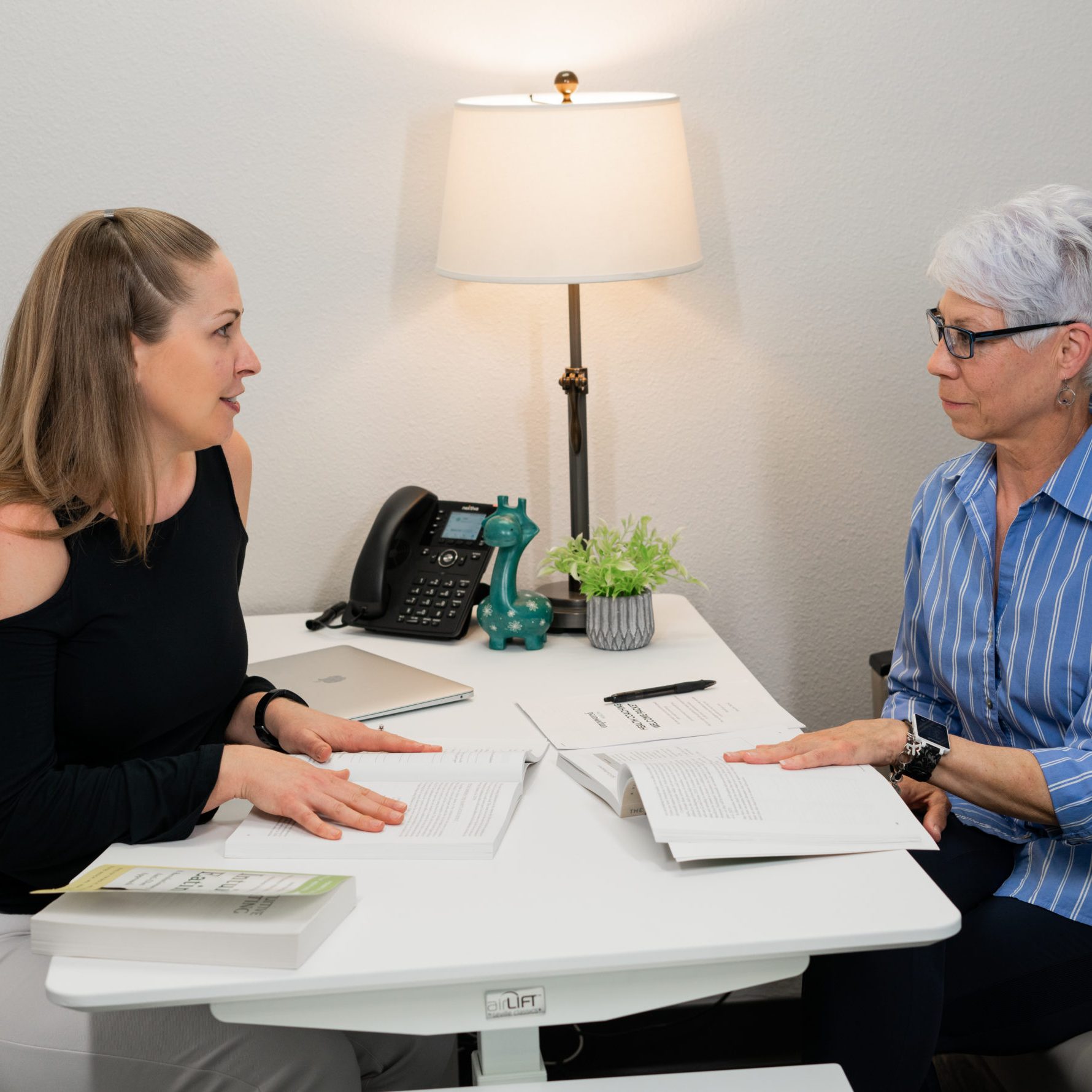Health Coaching Hints.
Expert hints from our nationally certified Health Coach Erika Zink on how to make healthy habit changes.

Health Coaching Hints

Your Foundational Health Coaching Package gives you:

We are here to answer your questions.
Schedule your Health Coaching Inquiry Call today!
This consult includes our Health Coaching, Nutritional Behavior Coaching and Stress Management programs.
Our Health Coaching Inquiry call is a 20-minute phone call with our certified health coach
to answer any of your questions regarding these services.
* This is not a medical consultation in any way.
Sign up for our email list.
Let's make positive health changes that are sustainable for a lifetime.
